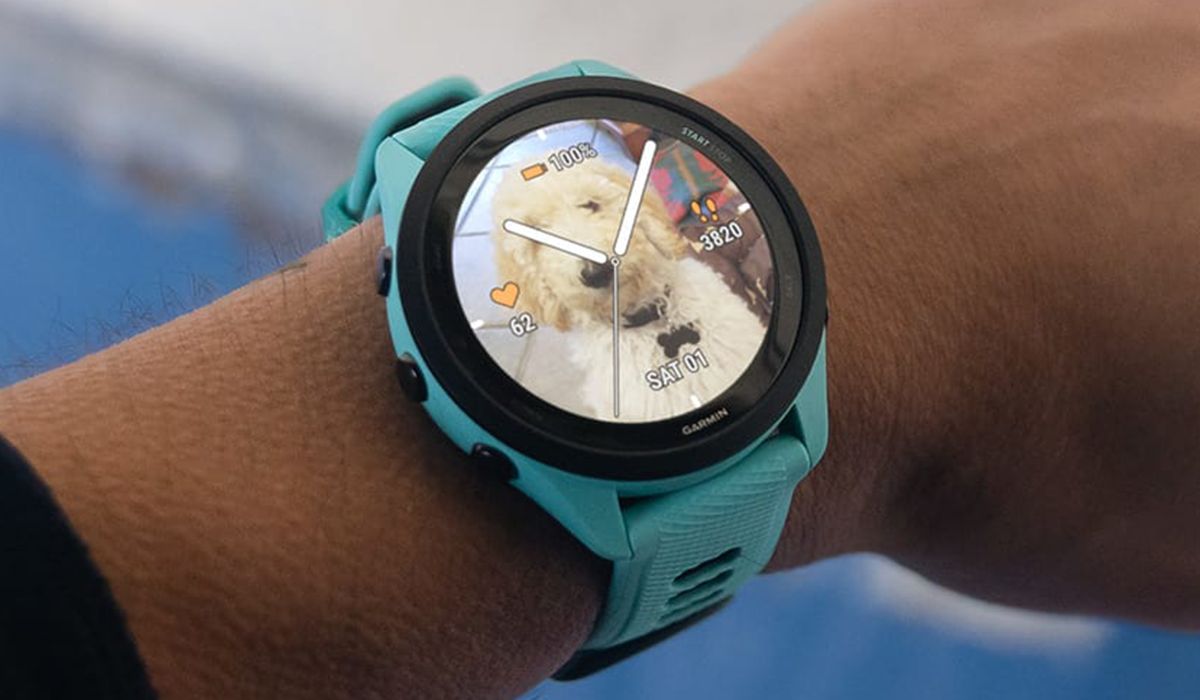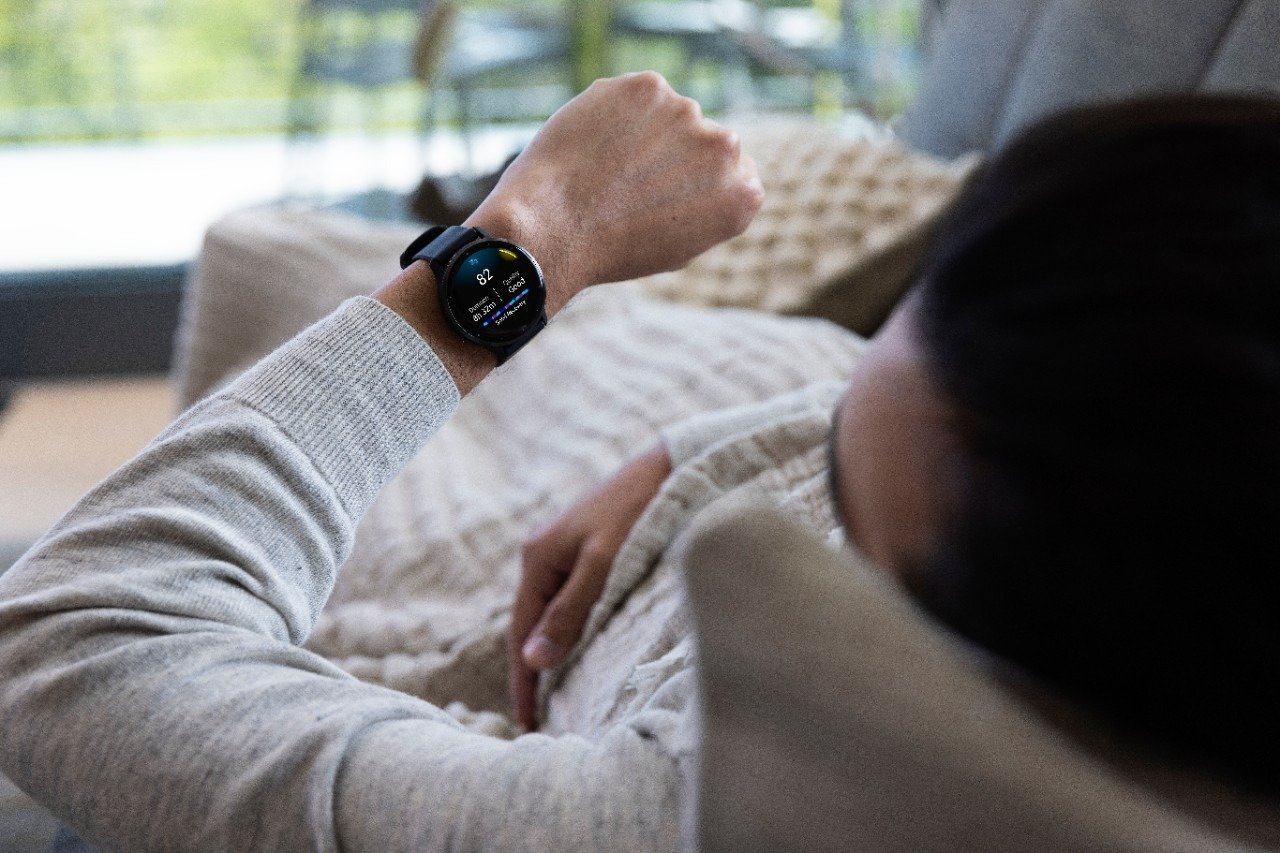
Managing Transportation Worker Fatigue with Wearables
Technology is rapidly changing the transportation industry. Wearable devices, with their capability to provide objective, continuous monitoring, are an important tool that can revolutionize this market as part of solutions aimed at increasing safety and productivity for transport workers.
Reforms to the Chain of Responsibility have increased the importance of safety management systems. Wearables can play a key role in these systems by improving the flow of information, enabling real-time communication between supervisors and driver without distractions. Wearables can potentially detect and monitor fatigue, or even enable fleet managers to remotely monitor driver health data such as heart rate and stress. While fatigue monitoring systems are still in the early stages of development compared to camera-based systems, they promise a suite of advanced features not possible today.
How can wearables monitor fatigue?
Most wearables in the market today analyse motion and heart rate to detect sleep and classify sleep stages. By analysing sleep patterns, along with information such as steps and fitness activity, a fatigue-monitoring system can provide individualized energy level or alertness forecasts for workers. Real-time analysis of heart rate data can supplement these forecasts, providing the possibility to alert or intervene before an accident occurs.
Other methods include:
Measuring driver head motion without using a camera. A headset detects if the driver is looking forward through the windshield or looking up, down or sideways. The device sends an alert and beeps if it detects the driver has been looking in a single direction for longer than usual.
Drowsiness detection glasses that track blink rates and how far eyelids open after closing. That data is translated into a number on a scale of one to 10, with 10 being “very drowsy.” Any change outside the norm triggers an alarm on a smartphone enabled with Bluetooth technology or a wrist device that alerts the driver their attention is waning.
Smart caps enabled with Bluetooth technology that measure brain wave activity through a mini-electroencephalogram. The brain waves indicate the driver’s ability to resist sleep and can detect the onset of micro-sleeps, or brief episodes of nodding off. A connected smartphone app receives this information and provides visual/audible alerts to warn the drivers they’re getting tired. The app also relays information to fleet managers who can access real-time data from the caps and use it to adjust shift schedules or encourage breaks.
Biometric T-shirts with embedded sensors that monitor various biometrics including heart rate, breathing rate and heart rate variability – all indicators of stress and fatigue. Like smart caps, the analytics can be accessed through a smartphone app to track activity and view real-time data.
The next generation of fatigue systems will analyse advanced metrics such as skin temperature, sweat, glucose, lactate, sodium and potassium levels. Despite all the technology, there is no denying that a well-rested and alert driver is a safer, more productive one. Simply being aware of worker fatigue can help manage the problem of on-the-job tiredness and ensure that workers get home safely.




